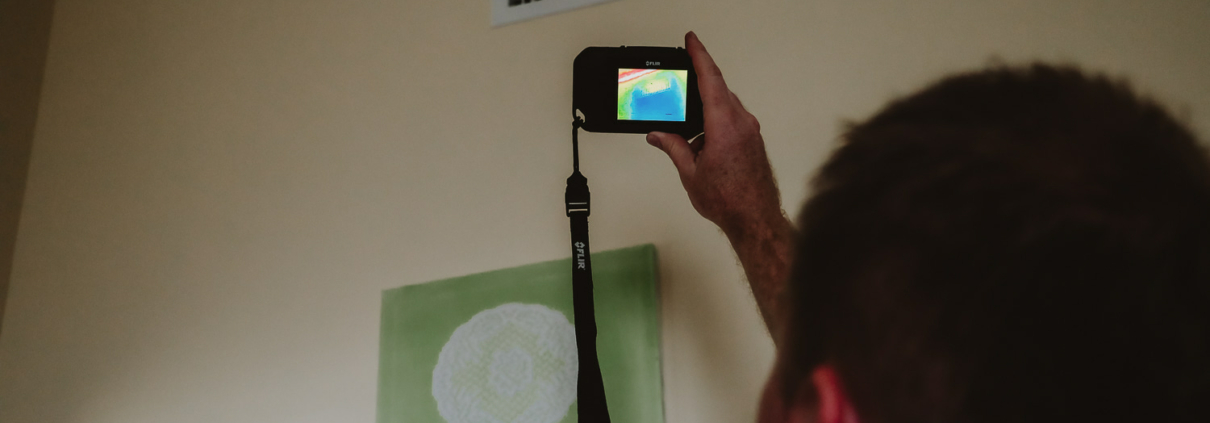Mold Assessment Explained
Mold is the visible fruiting structure of fungi that contains spores. These spores, which give rise to mold, are always floating in the air; looking out for a moist surface to settle and grow. Mold can erupt in diverse shapes, colors, and sizes from white and fuzzy to black and slimy. Without a mold assessment in a home purchase, you may be at an elevated risk.
Mold plays a significant role in natural decomposition. They break down organic matter by releasing enzymes. While that’s great news for Mommy Nature, it is a sign of trouble for homeowners when mold growth goes unchecked.
Mold Health Threats
Apart from kick-starting rot and decay in wood, fabric, and paper, mold spores pose several health threats, especially for people with a weak or compromised immune system. Some of the most common health complications caused by mold are –
- Allergies
- Trouble breathing, especially for those who already have chronic lung conditions.
- Triggers asthma
- Aspergillosis
- Skin and eye irritation
- Insomnia and fatigue
- Headache
Locations Loved By Molds
Molds LOOOOOVEEEE moisture! One should be wary of –
- Leaky taps in kitchens and bathrooms
- Leaky roofs
- Improperly installed HVAC system
- Windows or pipes that create condensation
- Faulty drier vents
- Damp areas on the walls and ceilings, especially, in and around laundry rooms and bathrooms
- Areas with no or limited air circulation like basements and wardrobes.
- Clogged drains
Factors That Encourage Mold Growth
- Moisture/ humidity level in the air
- The existing volume of mold in the air
- Lack of sunlight
A comfortably warm temperature ranging around 70 ° F/20° C
The Solution: Professional Mold Assessment
Mold growth is not only hard to detect with naked eyes (even for professionals) but also easy to cover up. Areas with mold growth are often painted over by sellers. A stealthy gloss over that is undetectable by unsuspecting potential buyers. Unfortunately, it is only a temporary solution. And, once you move in, the mold will pop up and start its unruly behavior.
This is when mold assessments come into play! A mold inspection must be conducted before purchasing a home. It is usually a part of the general home inspection, which is performed at a price of about $300. This inspection includes a thorough visual inspection by seasoned experts. On top of that, humidity and temperature readings are taken throughout the property.
The readings are analyzed carefully to create a formal report, which is finally delivered to the client. If there is evidence of mold, the report cites a remediation plan to fix the mold misery from its roots.
An Even Better Solution: Indoor Air Sampling
The air within a property can reveal a lot about the health of the house. An indoor air sampling is conducted in a lab to diagnose the following in detail –
- The humidity level in the air.
- The level of carbon dioxide, which usually shoots up in environments with a higher concentration of mold in the air.
- The concentration of mold within the air of the home versus the natural environment.
- The type of mold(s) populating the air.
- The potential toxicity or dangers of the mold present in the air.
Based on the lab results, a report is delivered to the client. An indoor air quality inspection costs $200 and can save you thousands!
Final Analysis: Mold Assessment
Mold exists everywhere and can cause significant health problems if a home is overtaken by mold. There are several causes of mold in a home and it isn’t always easily detectable. A mold assessment is a great way to determine your risk in a potential home purchase. Schedule a assessment with Jonathan today!





Leave a Reply
Want to join the discussion?Feel free to contribute!